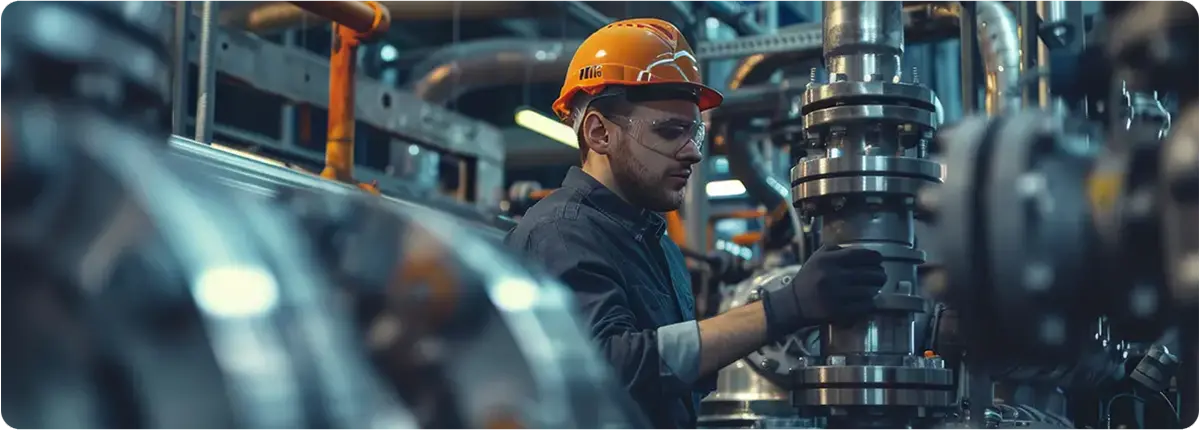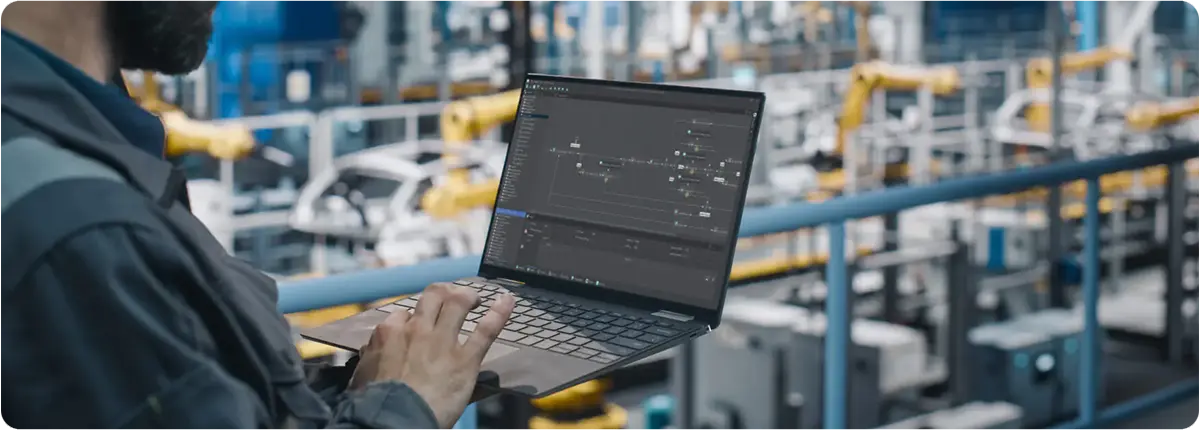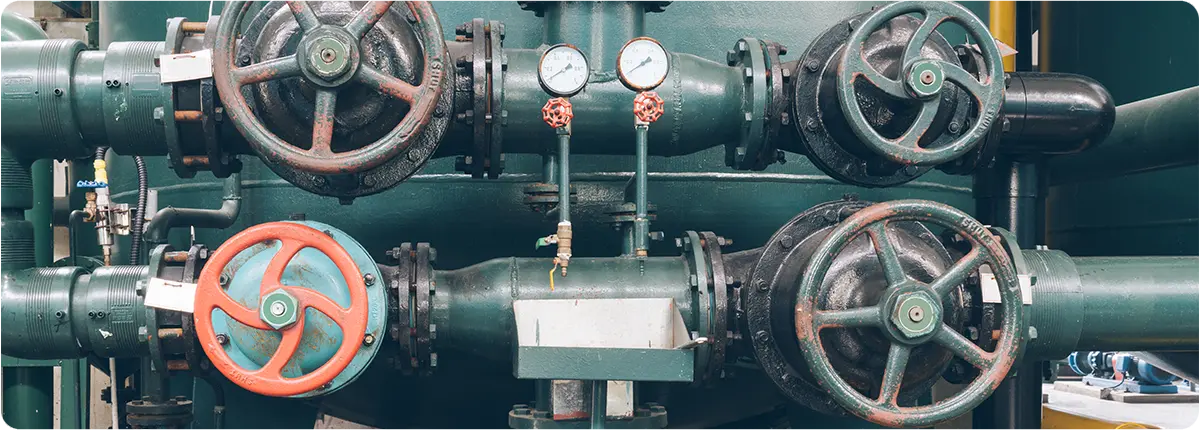Valve test standards translate “quality” into measurable acceptance criteria. They define:
- What to test (shell, seat, backseat, operational/functional, fire-safe, emissions, cryogenic, high-pressure gas, etc.)
- How to test (media, pressure levels, duration, sequences)
- What’s acceptable (leakage categories/classes, visual vs. measured rates)
- Documentation (traceability, certificates, stamping/marking)
Choosing (and specifying) the right standard prevents disputes, makes FATs/SATs predictable, and ensures consistent field performance.

CORE STANDARDS “MAP”
Below is the practical landscape most plants and EPCs navigate:
- General industrial isolation valves (metal/soft seat)
- API 598 (North America)
- ISO 5208 (International)
- EN 12266-1/-2 (Europe)
- ASME B16.34
- Pipeline valves
- API 6D / ISO 14313
- API 6DSS / ISO 14723
- Control valves
- IEC 60534-4
- FCI/ANSI 70-2
- Waterworks valves
- AWWA (C509, C515, C504, C507, etc.)
- Fire-safe and safety-critical
- API 607 / ISO 10497
- API 6FA
- Fugitive emissions (FE)
- ISO 15848-1
- API 641
- Cryogenic services
- BS 6364 and ISO 28921
API 598 VS. ISO 5208 VS. EN 12266-1
- API 598: zero visible leakage for soft seats; limited for metal seats.
- ISO 5208: Leakage Rates A–H; Rate A ≈ hermetic.
- EN 12266-1: aligns closely with ISO 5208, adds EU-specific sequences.
PIPELINE VALVES: API 6D / ISO 14313
Adds DBB/DIB validation, cavity relief, operational torque, and pneumatic tightness for gas service. Stricter than API 598.
CONTROL VALVE LEAKAGE
Defined by IEC 60534-4 and FCI 70-2. Leakage Classes II–VI range from moderate shutoff to bubble-tight.
FIRE-SAFE STANDARDS
API 607, ISO 10497, and API 6FA: expose a pressurized valve to fire, then quench, ensuring containment.
FUGITIVE EMISSIONS
ISO 15848-1 quantifies stem leakage under cycles. API 641 focuses on quarter-turn valves.
CRYOGENIC
BS 6364 and ISO 28921: test at cryogenic temperatures, check sealing, torque, and leakage under cold soak and warm-up.
WATERWORKS
AWWA standards (C509, C515, C504, C507) emphasize hydrostatic proof, seat leakage, coating integrity, torque.
TEST METHODS ON FATs
Hydrostatic shell test, hydrostatic seat test, low-pressure air/gas seat test, backseat test, functional/operational tests, specialty tests (fire-safe, FE, cryogenic, etc.).
SPECIFICATIONS THAT PREVENT HEADACHES
- API 598 for isolation valves
- API 6D for pipeline valves
- FCI 70-2 Class IV for control valves
- API 607 for fire-safe
- ISO 15848-1 Class A for emissions
- BS 6364 for cryogenic
DOCUMENTATION & QA YOU SHOULD REQUEST
Mill certificates, calibrated test equipment, test records, valve ID, special certificates (fire-safe, FE, cryogenic).
SERIES PLAN
Part 2 – API/ASME/FCI deep dive
Part 3 – ISO/EN stack
Part 4 – Waterworks
Part 5 – Project spec templates.

